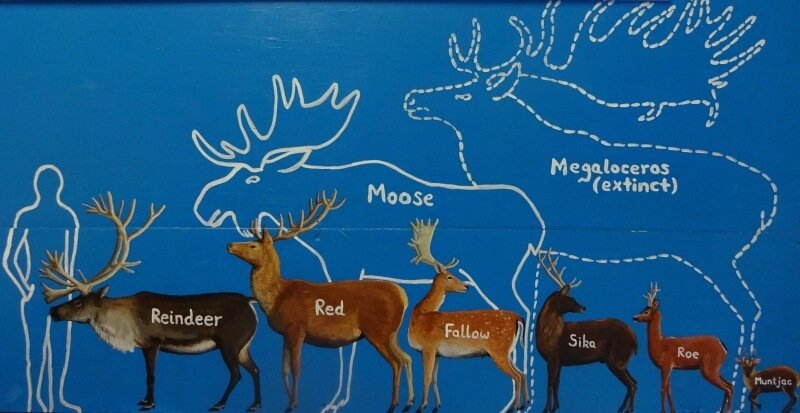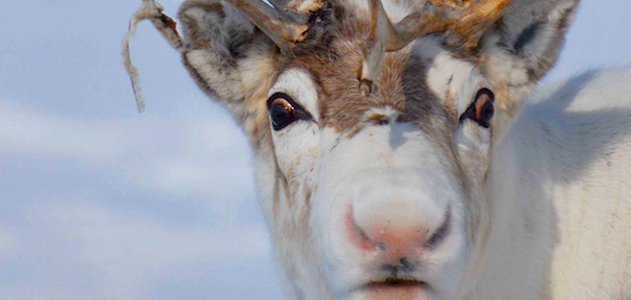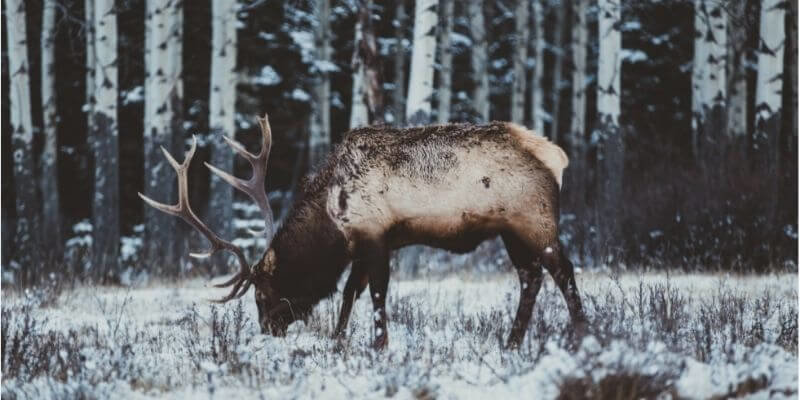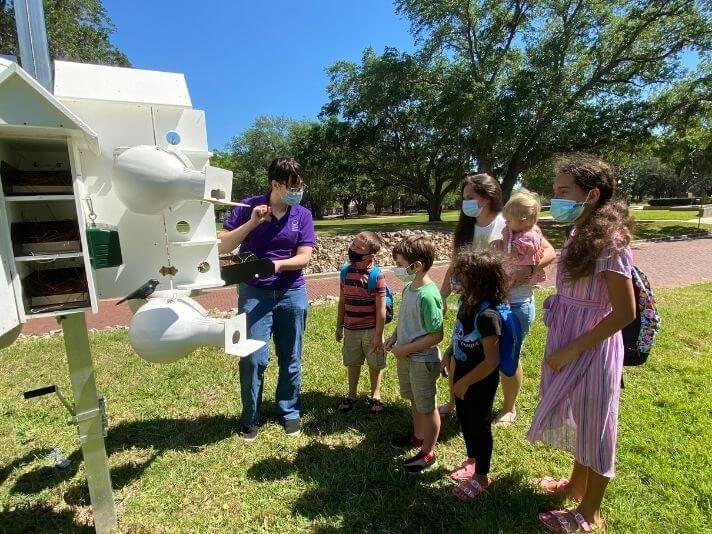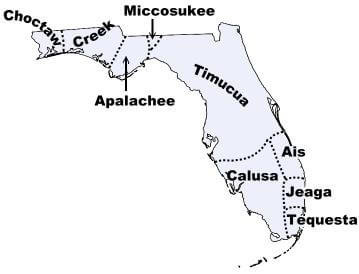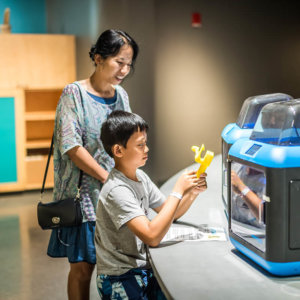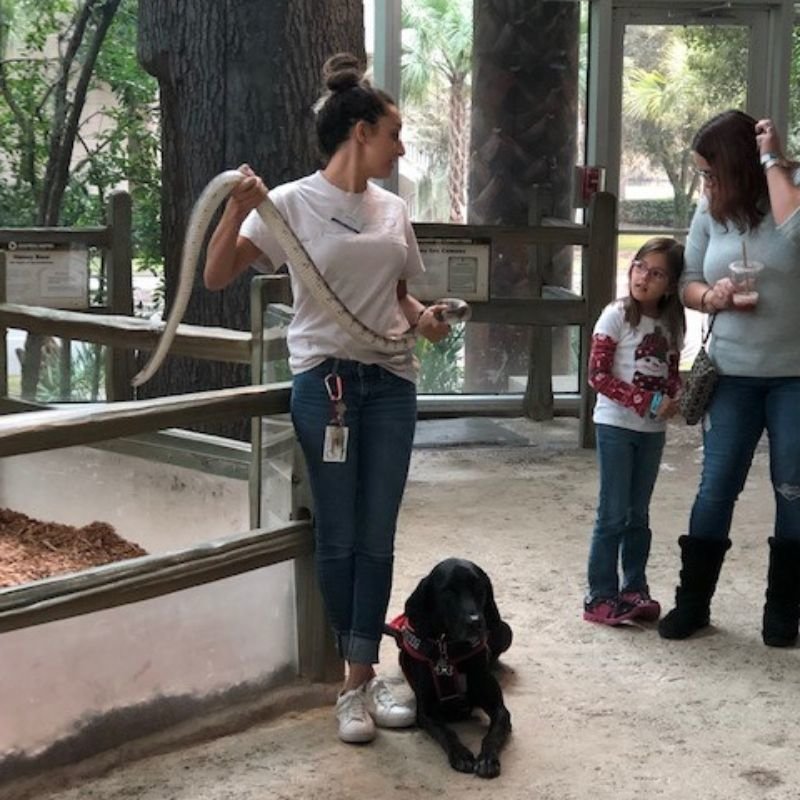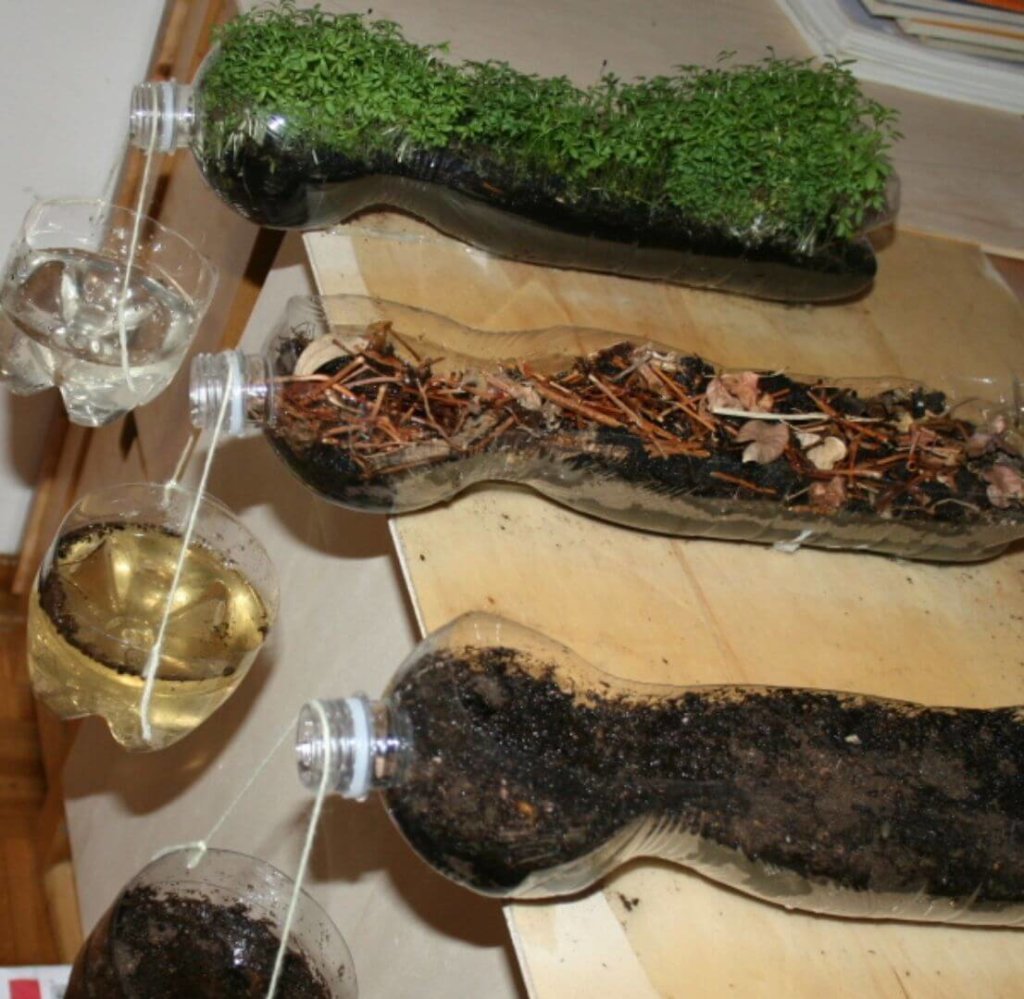Check out 5 ways you can go green (and save some green) this holiday season!
'Tis the season of red and green, but how green are you actually being? Americans create 25% more waste from Thanksgiving to New Year’s than any other time of year. That’s an extra 1 million tons of trash per week! Here are a few ways you can go green this holiday season without looking like the Grinch!
That’s a wrap on wrapping paper!
It’s a common misconception that wrapping paper can be recycled simply because it’s paper. However, coated, glittery, and textured paper materials cannot.
When these unrecyclable materials get mixed in with recyclable products, it can result in the whole lot being thrown away. Instead, try using paper materials like newspapers, old maps, comics, or make your own!
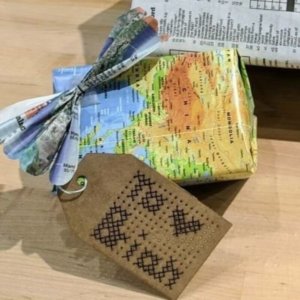
Out with the old and in with the new
When you upgrade to new tech, don’t just toss out your old devices, recycle them! A United Nations study reported that 44.7 million tons of e-waste was discarded in 2016, and only 20% of it was disposed of properly. Here are some easy ways you can recycle, or donate and make a difference:
- Call2Recycle is a nationwide organization that recycles old devices and batteries. You can simply mail in old tech without leaving your house, or enter your zip code to find a convenient location near you!
- Does your old phone still function? The World Computer Exchange is a nonprofit organization that works to get developing countries into the digital age. They accept everything from computers to graphing calculators.
Sew what else can I do?
Handmade gifts are a great way to show someone how you feel without creating excess waste. From bath bombs to jewelry making, you can’t go wrong with a personal touch.
Upcycling is another great way to save the planet and a little money. Old board games are a great way to customize a picture frame. Or grab some old clothing and embroider an embellishment.
Visit our OSC at Home blog for inspiration, or check the daily schedule for maker activities like our Mosaics, Mobiles, Math! Workshops happening around the building on your next visit!
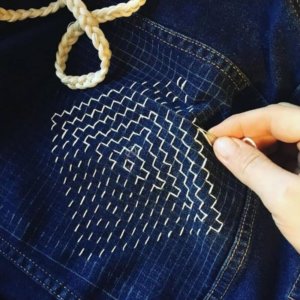
Last but not leftovers
According to the WorldWatch Institute, Americans generate three times as much food waste between Thanksgiving and New Year’s as we do the rest of the year. Resolve to go green this year, by starting a compost! Are you a local? The City of Orlando will help you get started for free!
Composting is not as difficult or as disgusting as you might think! It can divert up 30% of food waste from a landfill and back into healing the Earth while offering a natural alternative to chemical fertilizers. Here is a simple step-by-step guide to creating your compost starting with the end of your Christmas tree!
Think outside the plastic box
Tired of giving gifts that will be outgrown or outdated in a few months? This holiday season, ditch the plastic packaging and gift an experience.
You can avoid creating excess waste by gifting tickets to movies or events, certificates for chores or date night, gift cards that can be reloaded and re-gifted, or gift a membership to a favorite theme park or science center!
